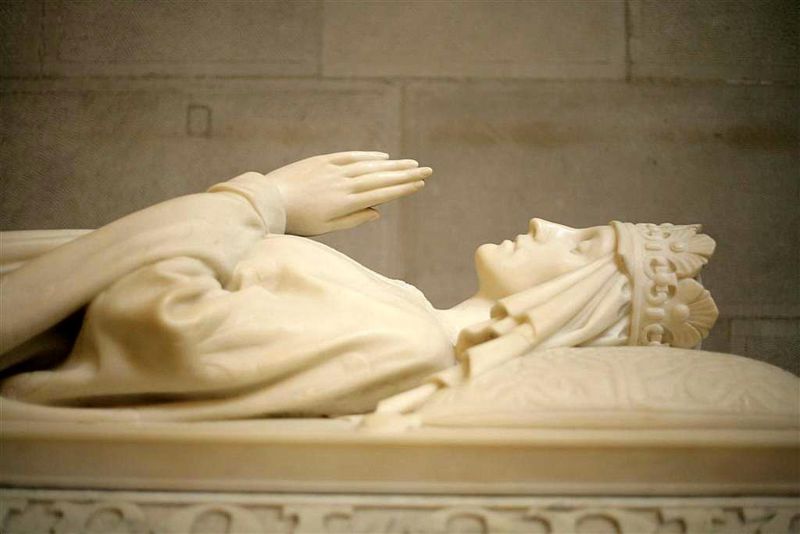Katedra Wawelska
Enlarge text Shrink text- Cempla, J.Wawel ... 1957.
- Rożek, M. The Royal Cathedral at Wawel, 1981:t.p. (The Royal Cathedral at Wawel)
- Wojciechowski, T. Kościół Katedralny w Krakowie, 1900:verso of 3rd prelim. leaf (Katedra na Wawelu) p. 3 (Kościół Katedralny na Wawelu)
- Rożek, M. Królewska Katedra na Wawelu, 1981:t.p. (Królewska Katedra na Wawelu)
- Katedra Wawelska, 2001:t.p. (Wawel Cathedral, Kathedrale auf dem Wawel)
The Wawel Cathedral (Polish: Katedra Wawelska), formally titled the Archcathedral Basilica of Saint Stanislaus and Saint Wenceslaus, (Polish: Bazylika archikatedralna św. Stanisława i św. Wacława) is a Catholic cathedral situated on Wawel Hill in Kraków, Poland. Nearly 1000 years old, it is part of the Wawel Castle Complex and is a national sanctuary which served as the coronation site of Polish monarchs. The current Gothic cathedral is the third edifice on this site; the first was constructed and destroyed in the 11th century and the second one, constructed in the 12th century, was destroyed by a fire in 1305. The construction of the existing church began in the 14th century on the orders of Bishop Nanker. Over time, the building was expanded by successive rulers resulting in its versatile and eclectic architectural composition. There are examples of Romanesque, Gothic, Renaissance, Baroque, Neoclassical and Neogothic elements in the cathedral's façade and interior. The exterior is adorned by side chapels and representative mausoleums, most notable being the golden-domed Sigismund's Chapel. It is the official seat of the Archbishop of Kraków and of the Archdiocese of Kraków. A symbol of Polish statehood and faith, the cathedral hosts important religious events and annual celebrations. Karol Wojtyła, who in 1978 became Pope John Paul II, the day after his ordination to the priesthood offered his first Mass as a priest at the Wawel Crypt on 2 November 1946, and was ordained Kraków's auxiliary bishop in the cathedral on 28 September 1958.
Read more on Wikipedia >
 Corporate Body
Corporate Body



















